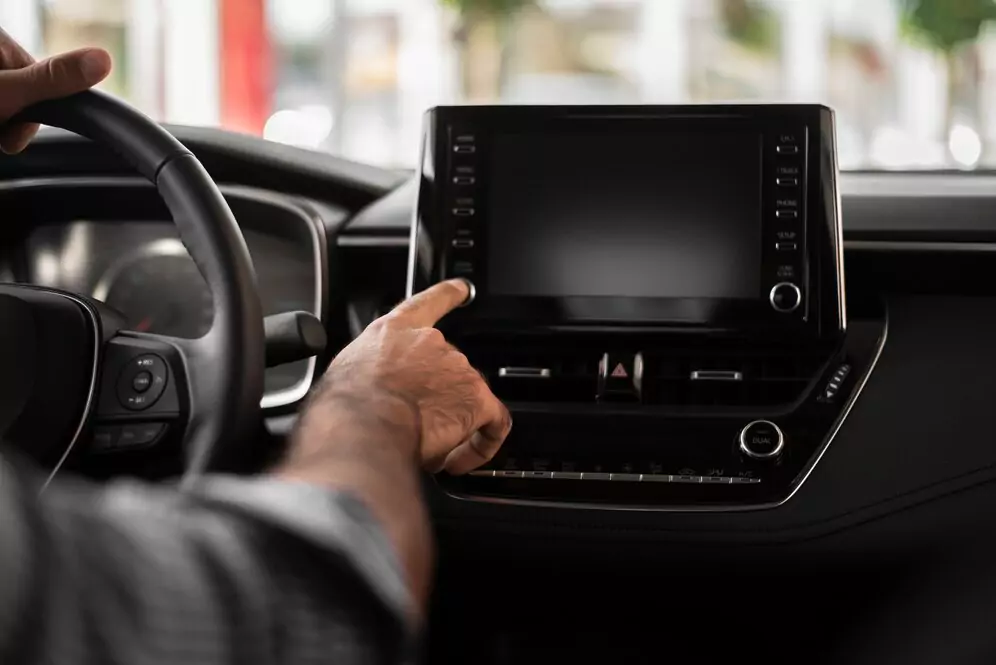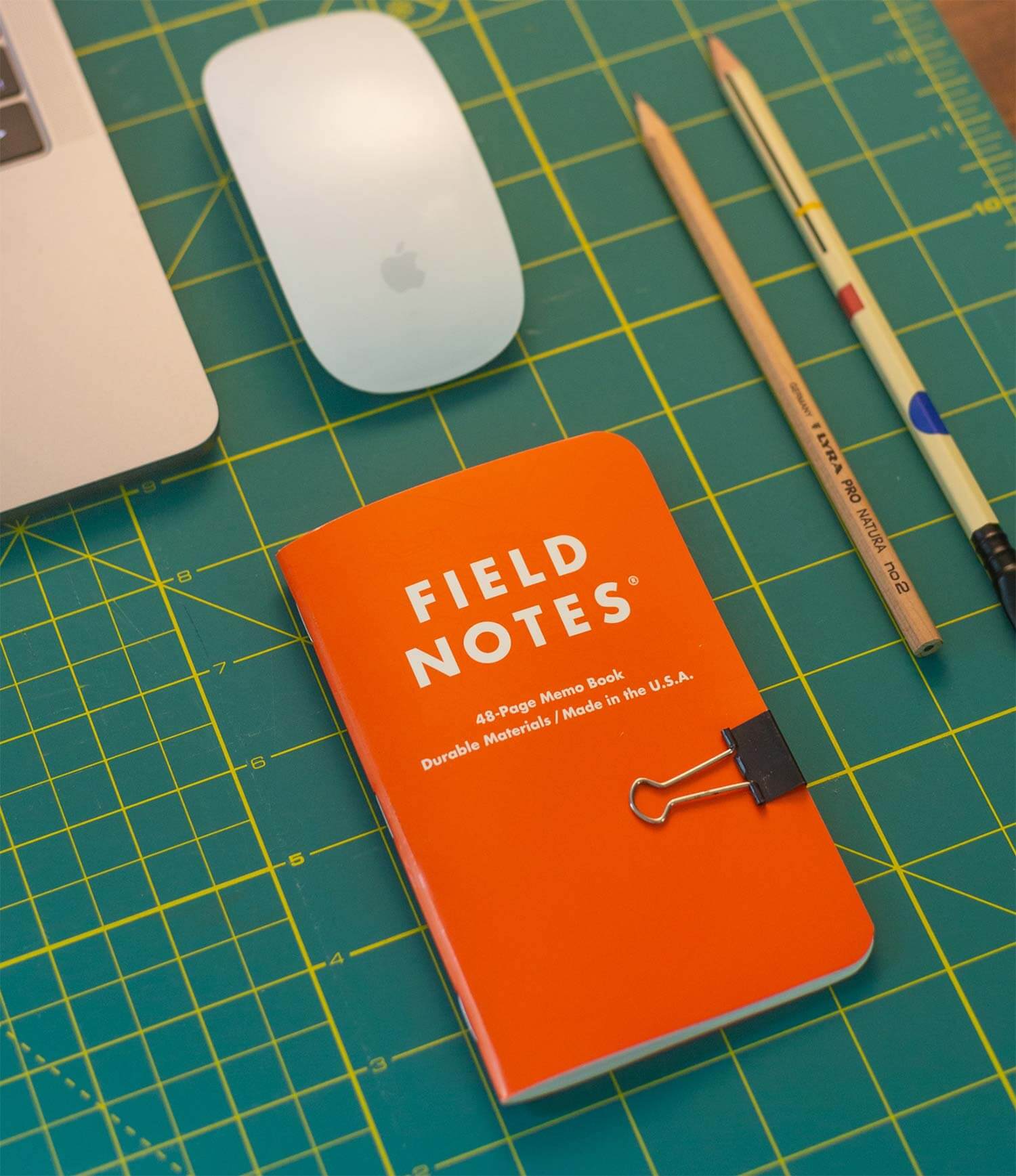In an era marked by rapid technological advancement and shifting cultural paradigms, the field of design stands at a crucial crossroads. Designers are no longer just visual artists; they are problem solvers, strategists, and innovators who must integrate various disciplines to create meaningful solutions. This article explores how the convergence of design and technology is shaping the future, influencing everything from consumer products to urban landscapes.
The Evolution of Design
Historically, design has been viewed through a narrow lens, primarily concerned with aesthetics. However, over the past few decades, this perception has evolved dramatically. The emergence of user-centered design has shifted the focus from merely creating beautiful objects to crafting experiences that resonate with users. The incorporation of human psychology, cultural insights, and usability principles has transformed design into a multifaceted discipline.
The Role of Technology
Technology plays a pivotal role in this evolution. Tools like 3D printing, virtual reality (VR), and artificial intelligence (AI) are not just enhancing the design process; they are fundamentally changing how designers think about their work. For instance, 3D printing allows for rapid prototyping, enabling designers to test and iterate their ideas quickly. This speed facilitates a more agile approach to design, fostering innovation in ways previously unimaginable.
AI is another game-changer. Design tools powered by AI can analyze user data, predict trends, and even suggest design solutions based on established parameters. This technology augments human creativity, allowing designers to focus on higher-level thinking rather than repetitive tasks. The potential of AI to personalize experiences further emphasizes the importance of a user-centric approach.
Case Studies in Innovative Design
To illustrate the impact of technology on design, let’s explore a few case studies across various industries.
1. Automotive Design: Tesla
Tesla has revolutionized the automotive industry, not just through electric vehicles but by integrating technology into the user experience. The design of Tesla’s interface is clean and intuitive, prioritizing user experience while providing access to essential information and controls. The use of over-the-air software updates allows Tesla to continuously improve vehicle performance and add features, setting a new standard in automotive design.
2. Fashion: Unmade
The fashion industry has long been criticized for its environmental impact. However, brands like Unmade are using technology to innovate. By employing a digital platform that allows consumers to customize designs, Unmade minimizes waste and promotes sustainable practices. The integration of technology not only enhances the customer experience but also encourages more mindful consumption.
3. Urban Design: Sidewalk Labs
In urban design, Sidewalk Labs is pioneering smart city initiatives. By utilizing data analytics and IoT (Internet of Things) technology, they create urban spaces that are responsive to the needs of residents. Their projects emphasize sustainability, efficiency, and community engagement, showcasing how technology can be harnessed to create livable, resilient cities.
The Importance of Sustainability

As we look toward the future, sustainability has become a critical consideration in design. The integration of sustainable practices is not merely a trend but a necessity. Designers are now tasked with creating solutions that not only meet aesthetic and functional requirements but also minimize environmental impact.
Innovative materials, such as biodegradable plastics and recycled textiles, are gaining traction in various industries. Designers are increasingly exploring ways to incorporate these materials into their work while maintaining functionality and style. This shift towards sustainable design is a testament to the growing awareness of environmental issues and the responsibility designers have in addressing them.
The Future of Design Education
As the design landscape continues to evolve, so too must design education. Traditional curricula are being reexamined to incorporate interdisciplinary learning, where students engage with technology, sociology, psychology, and environmental science. Design schools are beginning to emphasize collaboration, encouraging students to work across disciplines to solve complex problems.
Moreover, with the rise of online learning platforms, aspiring designers have access to a wealth of resources that were once limited to formal education. This democratization of knowledge empowers individuals to explore their creativity and innovation outside traditional boundaries.
The Challenges Ahead
While the future of design is undoubtedly exciting, it is not without its challenges. The rapid pace of technological advancement can lead to a disconnect between design and users. Designers must remain grounded in human-centric principles, ensuring that technology serves to enhance, rather than detract from, the user experience.
Additionally, as the lines between design disciplines blur, there is a risk of oversaturation in the market. Designers must carve out their unique identities and maintain a clear vision in a landscape that can feel overwhelmingly competitive.
Conclusion
The intersection of design and technology is a dynamic and transformative space. As designers embrace innovation and sustainability, they are shaping the future in unprecedented ways. The challenge lies in balancing creativity with practicality, aesthetics with functionality, and technology with humanity. By navigating these complexities, designers have the opportunity to create solutions that are not only visually appealing but also meaningful and impactful.













